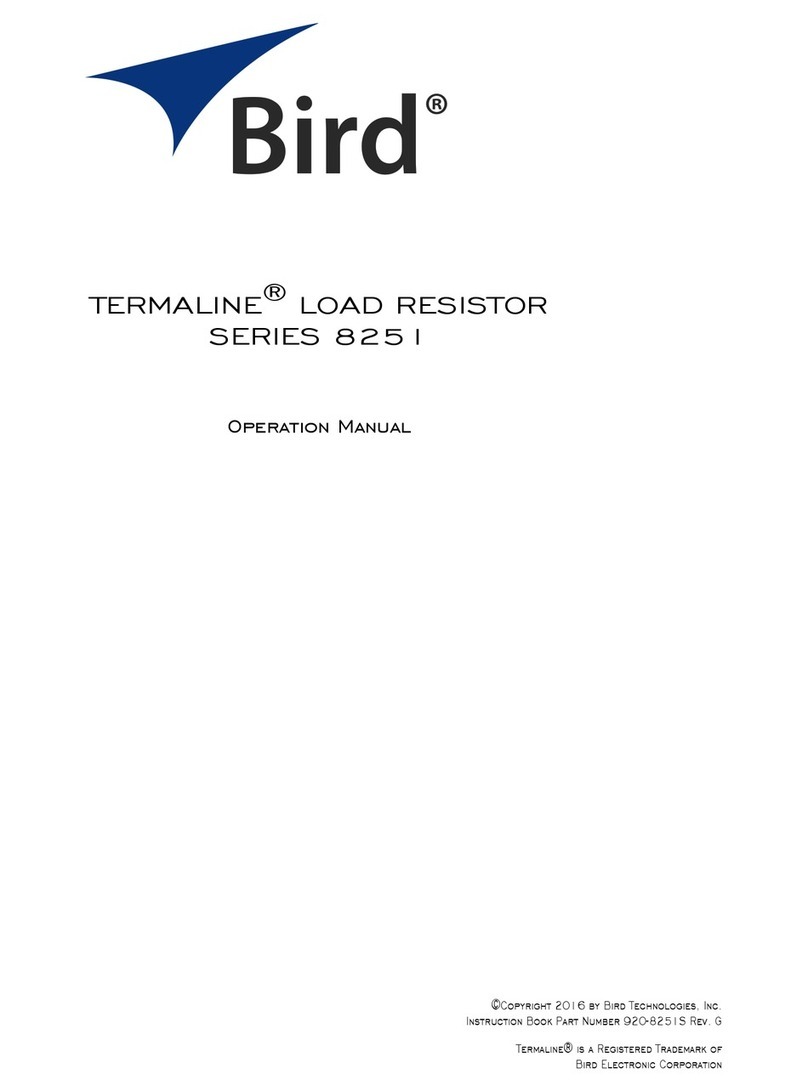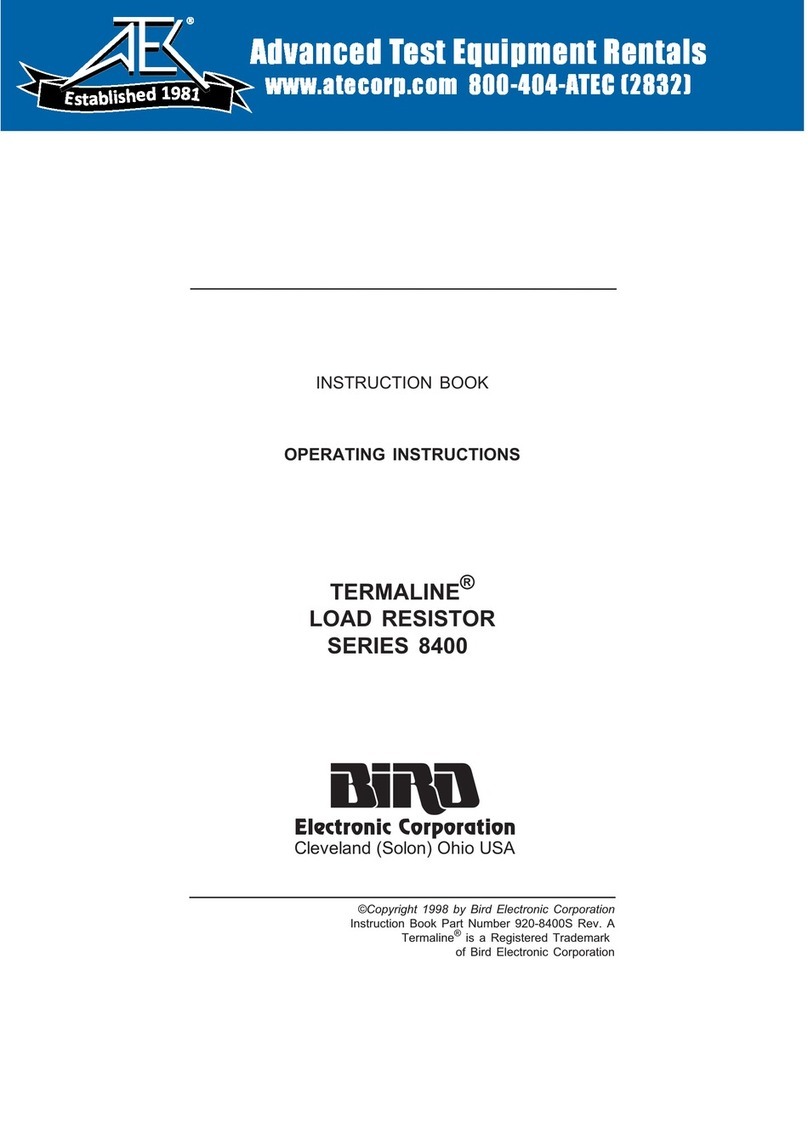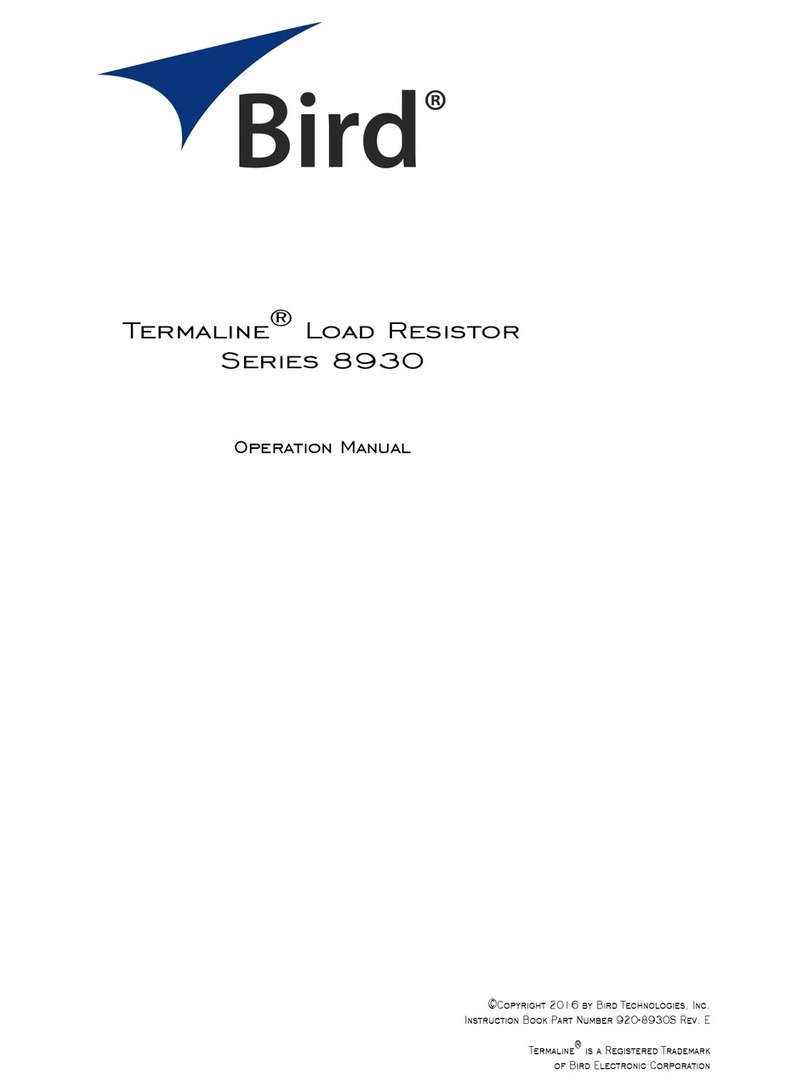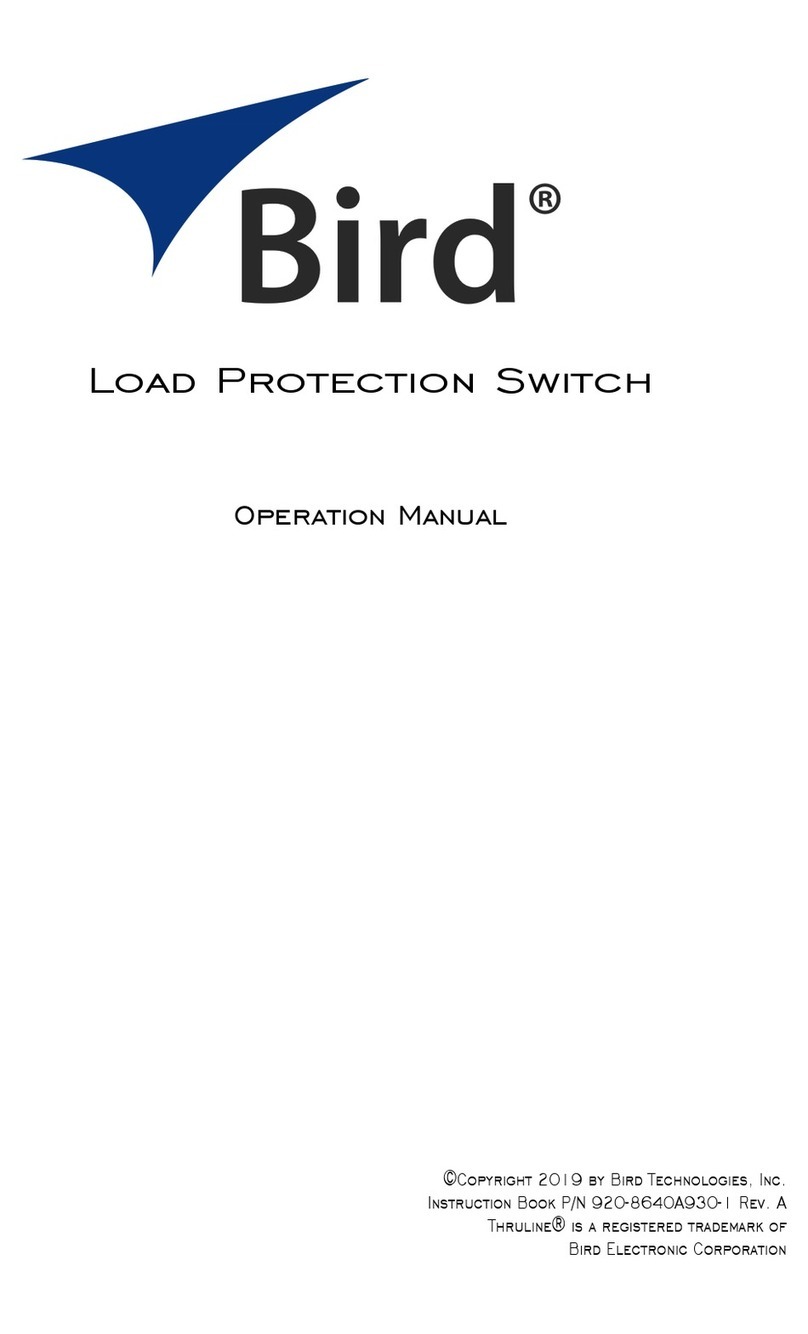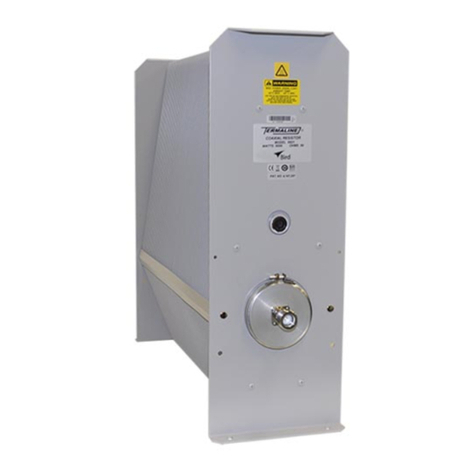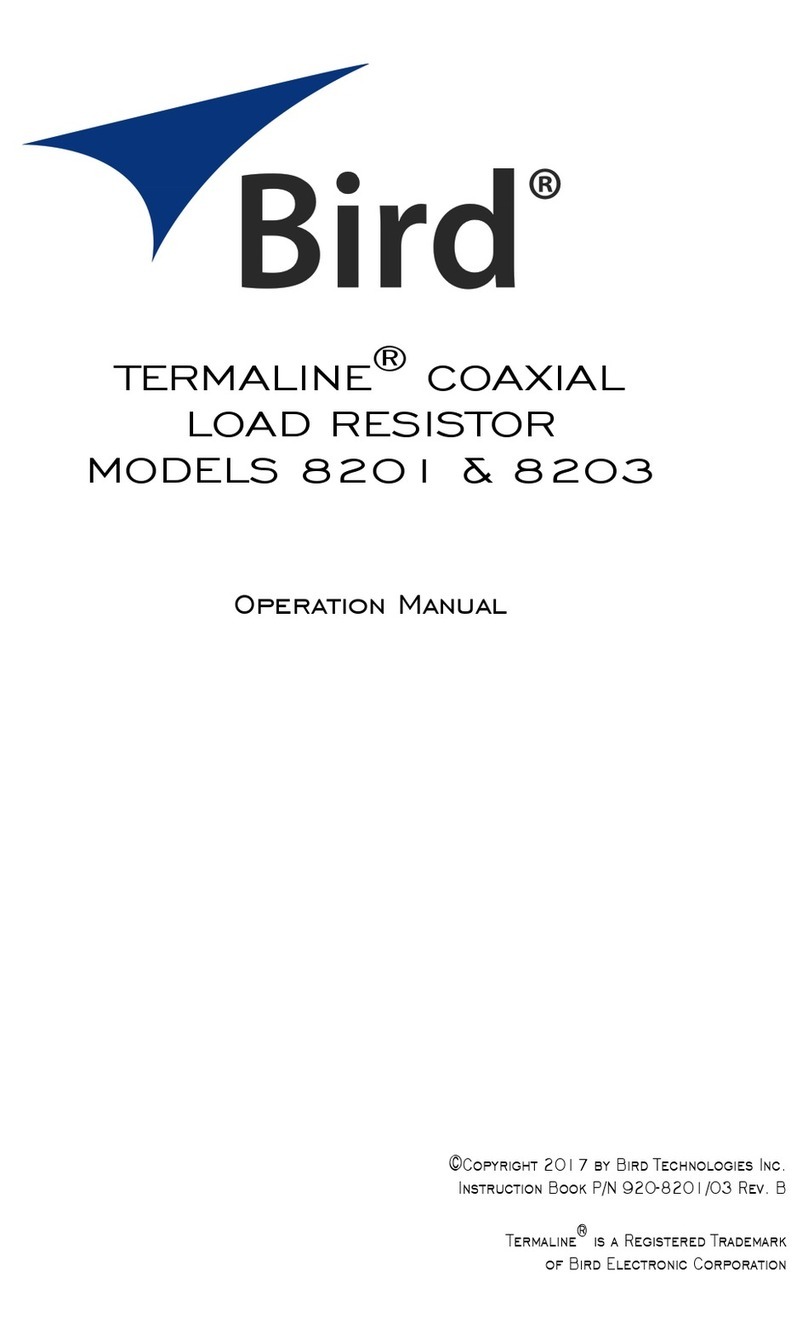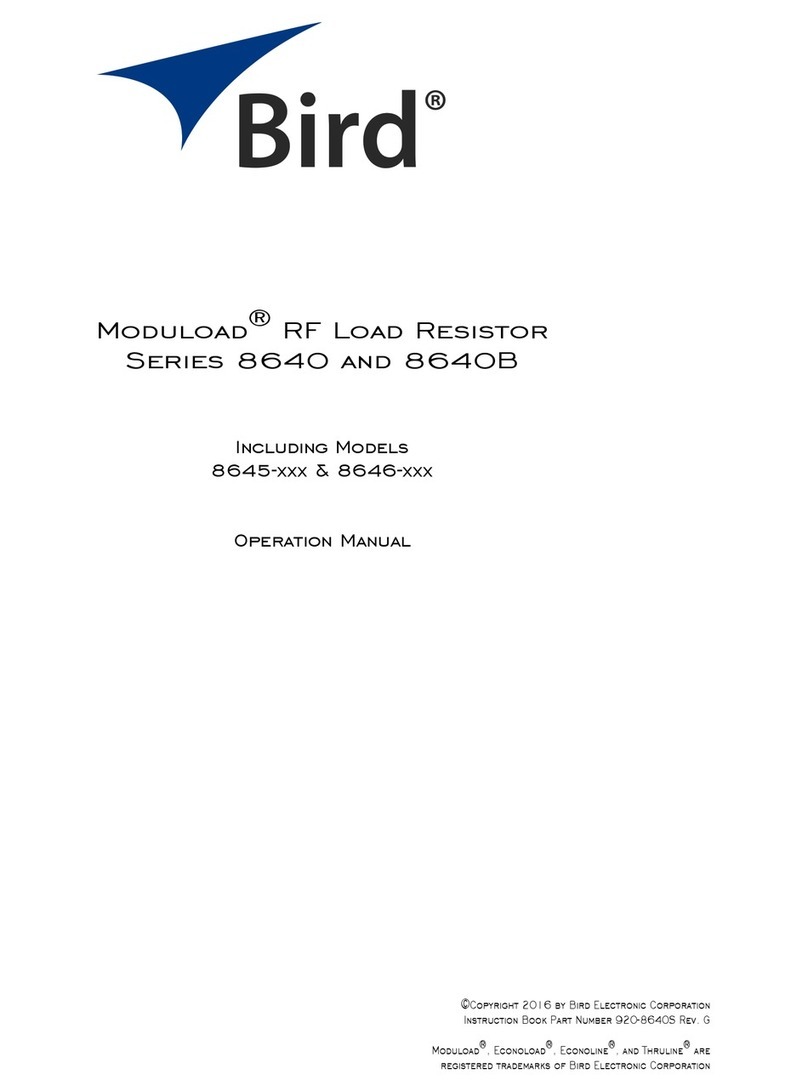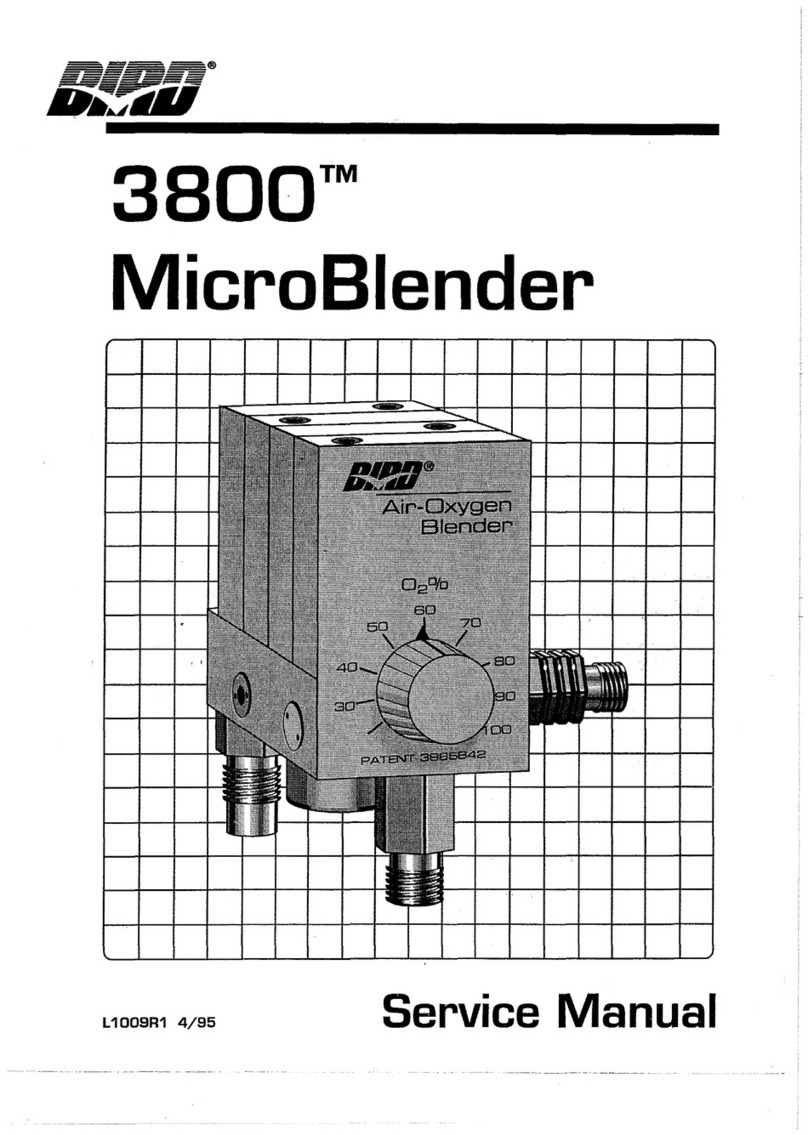
Safety Precautions
i
Safety Precautions
The following are general safety precautions that are not necessarily related to any specific part or procedure, and
do not necessarily appear elsewhere in this publication. These precautions must be thoroughly understood and
apply to all phases of operation and maintenance.
Keep Away From Live Circuits
Operating Personnel must at all times observe general safety precautions. Do not replace
components or make adjustments to the inside of the test equipment with the high voltage
supply turned on. To avoid casualties, always remove power.
Shock Hazard
Do not attempt to remove the RF transmission line while RF power is present.
Do Not Service Or Adjust Alone
Under no circumstances should any person reach into an enclosure for the purpose of service or
adjustment of equipment except in the presence of someone who is capable of rendering aid.
Safety Earth Ground
An uninterruptible earth safety ground must be supplied from the main power source to test
instruments. Grounding one conductor of a two conductor power cable is not sufficient
protection. Serious injury or death can occur if this grounding is not properly supplied.
Resuscitation
Personnel working with or near high voltages should be familiar with modern methods of
resuscitation.
Remove Power
Observe general safety precautions. Do not open the instrument with the power on.
